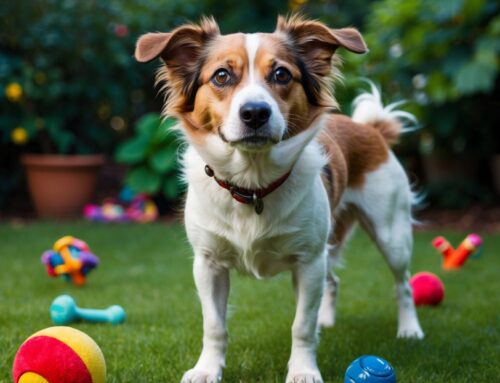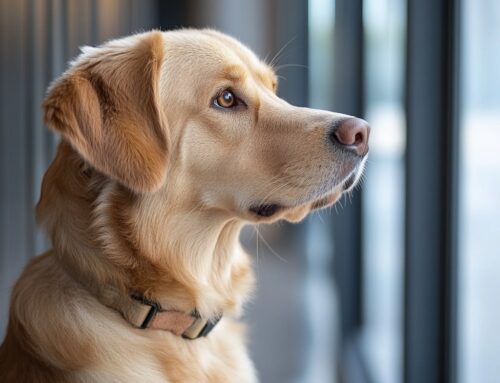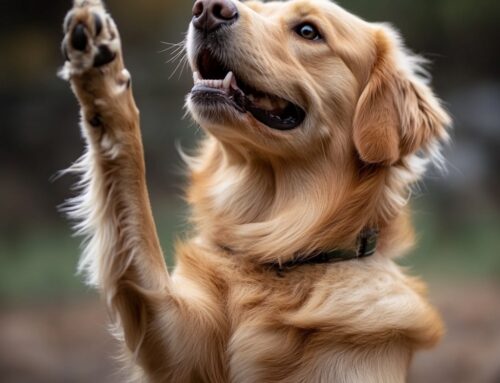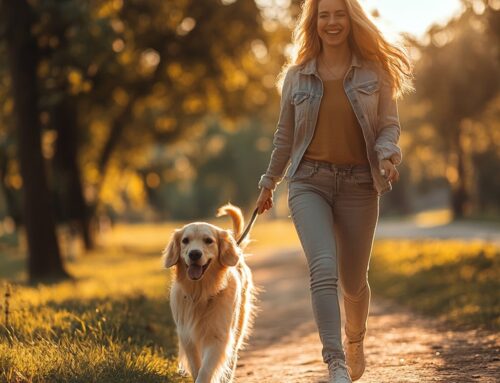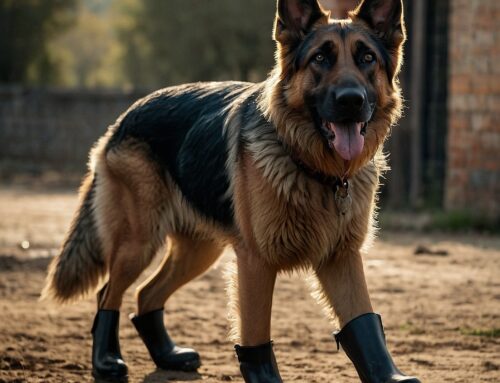Aggression in dogs can be a complex and challenging issue that requires careful and professional intervention. Whether the aggressive dogs are directed towards other animals, humans, or even specific triggers, such behavior can pose risks to the safety and well-being of both the dog and those around them. Fortunately, there are several effective approaches employed by dog trainers in aggression therapy that can help address these issues and promote positive behavioral changes. We’ll explore the eight best approaches utilized by a skilled dog trainers in aggression therapy.
But before we get into these approaches by professional dog trainers, it’s crucial for dog owners to understand that each dog is unique, and there is no one-size-fits-all solution to aggression therapy. Patience, consistency, and dedication are key throughout the rehabilitation process of dog aggression training. Understanding the nature of an aggressive dog is crucial before embarking on the journey of rehabilitation. Aggression can take various forms such as fear aggression, territorial aggression, possessive food aggression, and social aggression towards other dogs.
Aggressive behavior often stems from past experiences, traumas, or inadequate socialization during crucial developmental stages. A dog’s history, including past mistreatment or exposure to threatening situations, must be considered when devising rehabilitation strategies. Tailoring interventions based on a dog’s unique background is vital for successful aggression therapy with a professional dog trainer. Additionally, like people, dogs have their own personalities that cannot be changed entirely. However, through dog obedience training, impulse control exercises, and understanding their thresholds and limitations, we can teach dogs to behave appropriately around others. Respecting and acknowledging our dogs’ individuality and avoiding situations where they feel the need to protect themselves is essential in preventing aggression from surfacing.
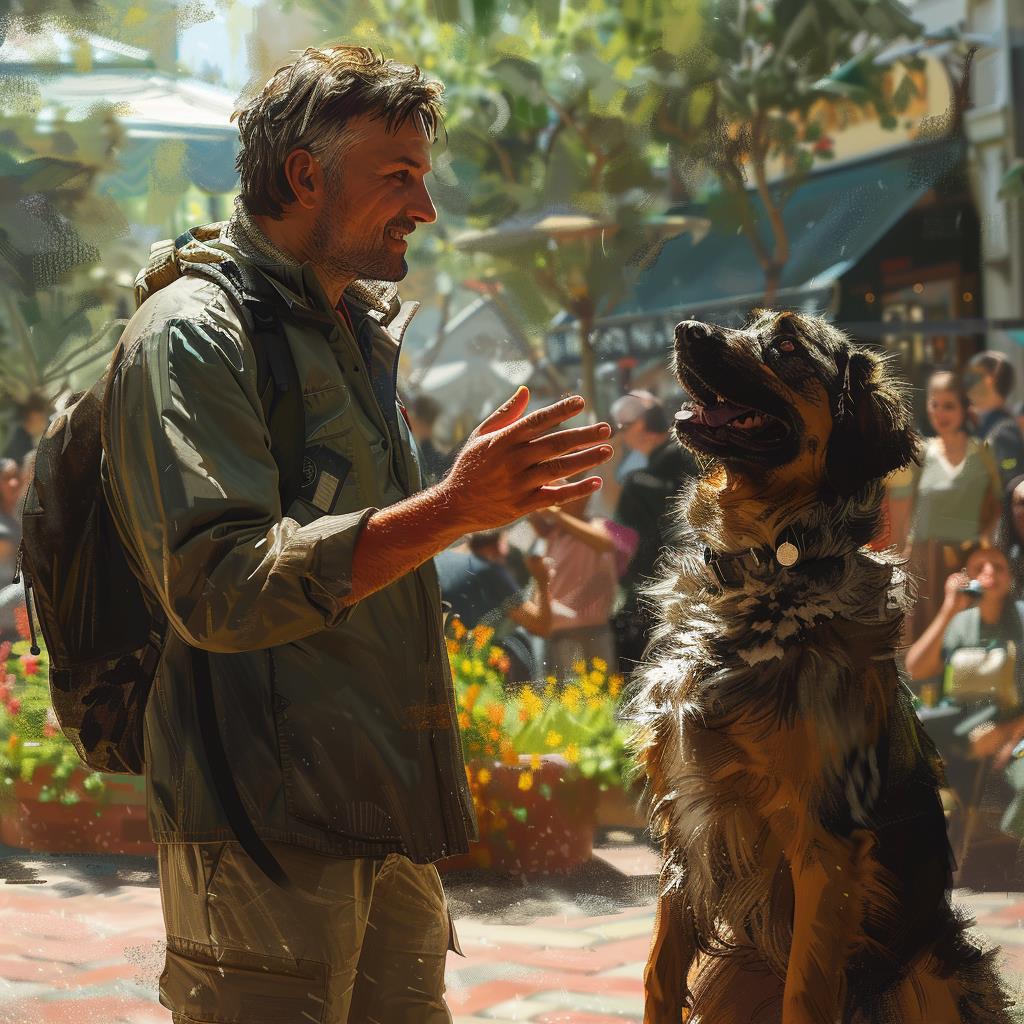
1. Behavioral Modification
Behavioral modification techniques involve teaching dogs alternative behaviors to replace aggression and managing their environment to prevent aggressive incidents. Trainers may teach incompatible behaviors, such as sitting or focusing on the owner, that the dog can perform instead of displaying aggression. Additionally, implementing management strategies like using leashes, or barriers can help prevent aggressive outbursts while working on long-term behavior modification. Through consistent training and management, dogs can learn to control their impulses and respond appropriately in challenging situations.
Basic obedience training plays a crucial role in implementing a balanced methodology for addressing aggression in dogs in behavioral modification techniques. By teaching dogs fundamental obedience commands such as sit, stay, and come, owners establish clear communication and control over their pets. These commands not only serve as valuable tools for managing behavior in various situations but also provide a foundation for more advanced training techniques. Moreover, obedience training helps dogs develop self-control and impulse management, which are essential skills for preventing aggressive outbursts and promoting calm and compliant behavior. By incorporating basic obedience training into the overall behavioral modification program, trainers empower owners to effectively communicate with their dogs and establish a harmonious relationship based on mutual respect and understanding.
2. Positive Reinforcement Training
Positive reinforcement training stands as a cornerstone in the realm of dog behavior modification. This approach focuses on rewarding desirable behaviors with treats, praise, or toys, thereby reinforcing those behaviors and encouraging their repetition. In aggression therapy, trainers use positive reinforcement to encourage calm and non-aggressive behaviors in dogs. By rewarding moments of calmness and appropriate responses to triggers, dogs learn to associate positive outcomes with peaceful behaviors.
This method not only helps in reducing aggressive tendencies but also strengthens the bond between the dog and their owner through trust and positive interactions. By focusing on rewarding desirable behaviors, such as calmness and obedience, dogs learn to associate positive outcomes with their actions.
Through consistent reinforcement and encouragement, owners can build confidence in their dogs, empowering them to make better choices even in challenging situations. Additionally, positive reinforcement training fosters a positive learning environment where dogs feel motivated to exhibit appropriate behaviors, making the training in canine aggression therapy process enjoyable and rewarding for both the dog and the owner.
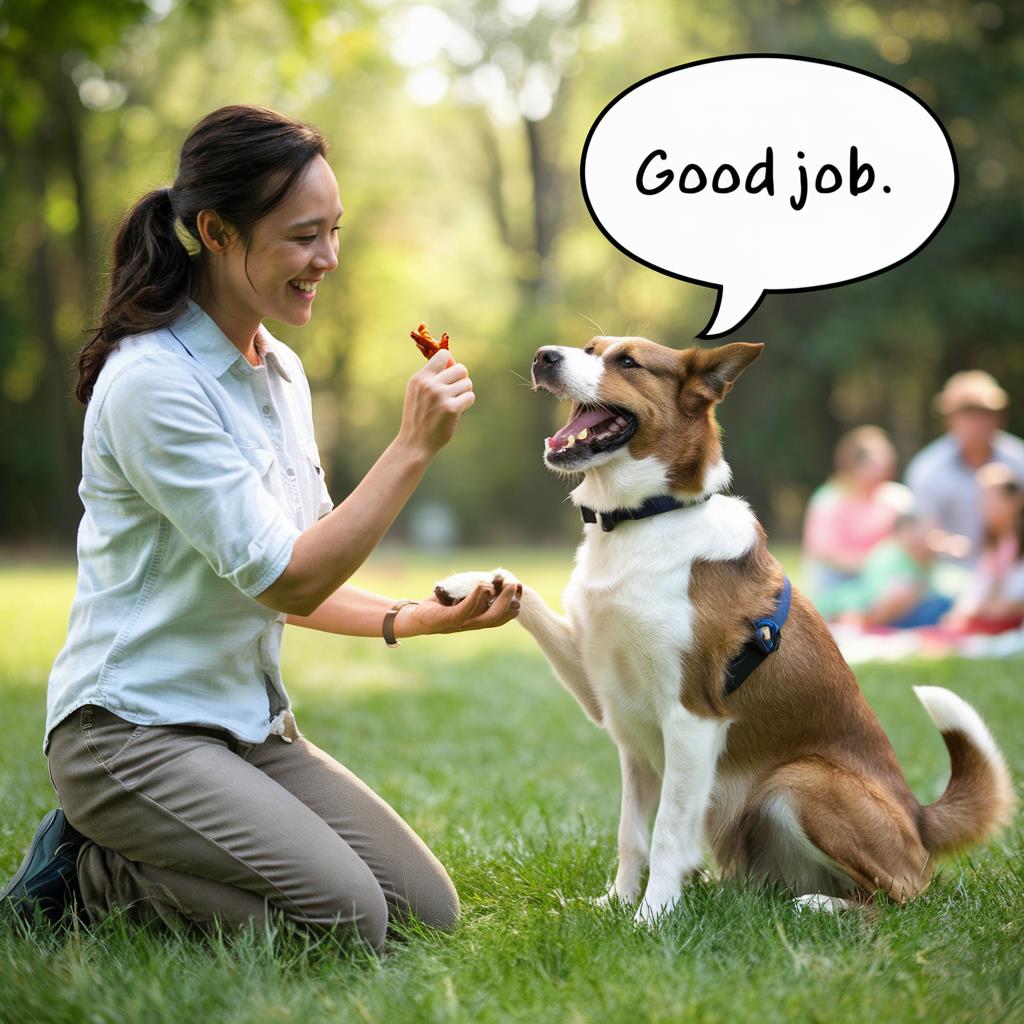
3. Desensitization and Counterconditioning
Desensitization and counterconditioning techniques are powerful tools in addressing aggression by changing the dog’s emotional response to triggers. Trainers gradually expose the dog to the stimulus that elicits aggression in a controlled and positive environment. Through repeated exposure paired with rewards and positive experiences, such as treats or play, dogs learn to associate the trigger with positive outcomes. Over time, this process helps to diminish the dog’s negative emotional response and replace it with a calmer and more positive association, effectively reducing their aggressive behavior.
Desensitization and counterconditioning require patience and persistence but can yield significant results in reducing aggression. It’s important to recognize that each dog may progress at their own pace, and the process of desensitization and counterconditioning may take time. Trainers work closely with owners to develop a customized plan tailored to the dog’s specific triggers and needs. By gradually exposing dogs to their triggers in a controlled and positive manner, trainers help dogs learn to change their emotional response to these stimuli. Over time, dogs become less reactive and more relaxed in situations that once provoked aggression. This process not only helps address the immediate triggers of aggression but also builds the dog’s confidence and resilience, enabling them to cope better with stressors in the future.
4. Socialization
Early and positive socialization plays a crucial role in preventing the development of aggression in dogs. Trainers facilitate controlled interactions with other dogs, people, and various environments to help dogs become comfortable and confident in different situations. By exposing dogs to a wide range of stimuli in a positive and controlled manner, trainers can help build their social skills and reduce the likelihood of fear-based aggression. Proper socialization also fosters better communication and understanding between dogs and their owners, promoting a harmonious relationship.
Moreover, enrolling dogs in supervised playgroups or doggy daycares can provide valuable socialization opportunities in a controlled environment. These settings allow dogs to interact with a variety of other dogs under the supervision of trained professionals, promoting positive social experiences and teaching appropriate play behaviors. Doggy daycares often offer structured activities and supervised play sessions tailored to each dog’s temperament and play style, further enhancing their social skills and confidence.
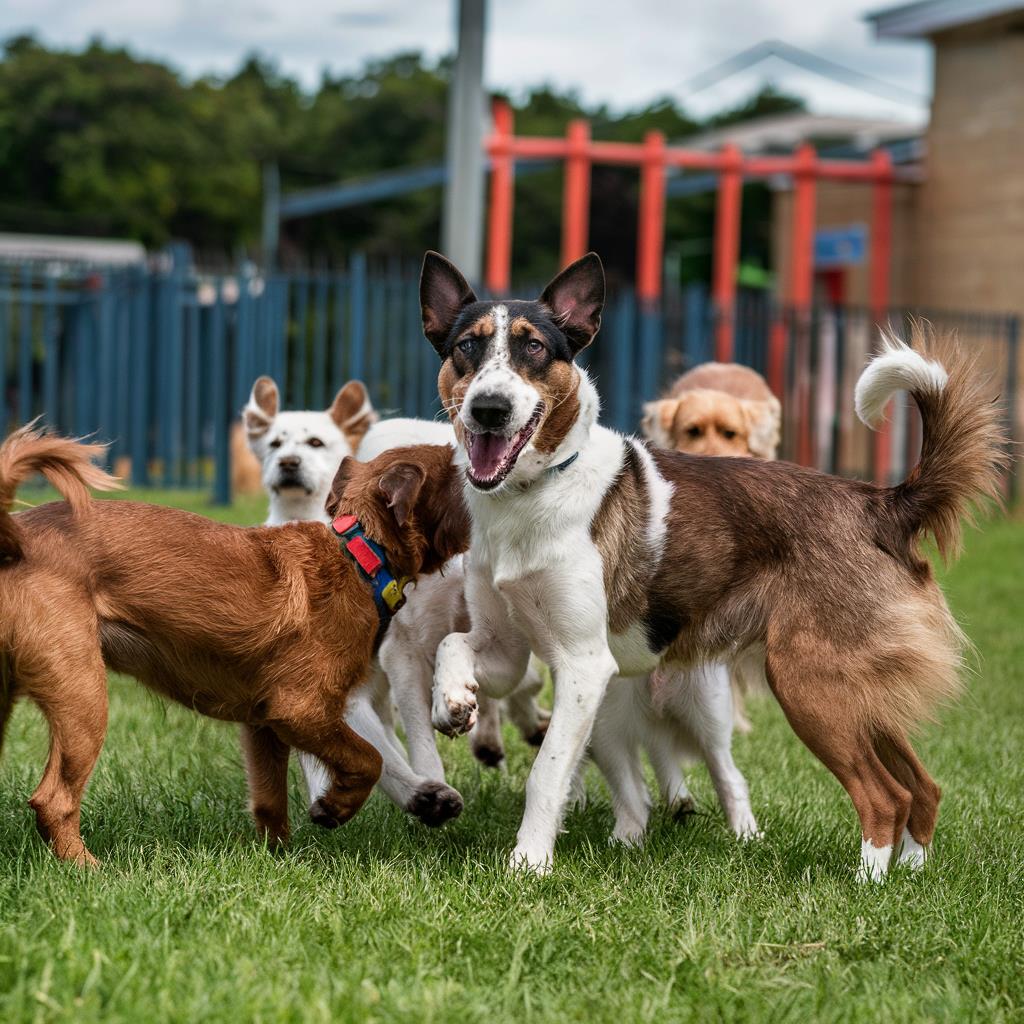
It’s important for owners to continue socializing their dogs throughout their lives beyond working with dog trainers in aggression therapy, as ongoing exposure to different people, animals, and environments helps maintain their social skills and prevents regression. By prioritizing early and positive socialization, owners can help their dogs develop into well-adjusted and sociable companions, reducing the risk of aggression and fostering a strong bond between dog and owner.
5. Identifying Triggers and Management
Understanding the triggers that provoke aggression is essential for effective therapy. Trainers work closely with owners to identify specific triggers, which may include certain people, animals, objects, or situations, that elicit aggressive responses in their dogs. Once identified, trainers develop management strategies to avoid or minimize exposure to these triggers while working on behavior modification. This proactive approach helps prevent aggressive incidents and allows trainers to focus on addressing the underlying causes of aggression more effectively.
By understanding the specific triggers that provoke aggression in their dogs, owners can take proactive measures to create a safe and supportive environment for their pets. This may involve using visual or auditory cues to redirect the dog’s attention away from triggers or creating physical barriers to prevent access to them. Trainers work closely with owners to develop personalized management plans tailored to their dog’s specific triggers and needs, empowering them to effectively manage their dog’s behavior and prevent aggressive incidents.
6. Consistency and Leadership
Consistency and leadership are essential components of effective dog training, particularly in addressing aggression. Establishing consistent rules, boundaries, and expectations within the household provides structure and guidance for the dog, helping to reduce anxiety and insecurity—common contributors to aggression. Trainers educate owners on the importance of maintaining consistency in all aspects of training and interactions with their dog. This consistency reinforces desired behaviors and ensures that the dog receives clear and consistent messages about what is expected of them.
Additionally, leadership plays a crucial role in establishing a sense of security and stability for the dog. Trainers work with owners to cultivate leadership skills, teaching them how to assertively communicate expectations to their dog and enforce rules and boundaries effectively. By providing clear guidance and leadership, owners establish themselves as trustworthy leaders whom their dog can rely on for direction and support.

Consistency and leadership are not only important during formal training sessions but also in everyday interactions with the dog. Trainers emphasize the importance of consistency in enforcing rules and boundaries, as well as providing positive reinforcement for desired behaviors. By maintaining consistency and demonstrating strong leadership, owners can build a strong bond of trust and respect with their dog, ultimately reducing the likelihood of aggression and promoting a harmonious relationship.
7. Exercise and Mental Stimulation
Regular physical exercise and mental stimulation are vital for a dog’s overall well-being and can help alleviate stress and anxiety, which can contribute to aggression. Trainers may recommend specific activities, such as obedience training, interactive games, or puzzle toys, to keep dogs engaged and mentally stimulated. By providing outlets for physical and mental energy, owners can help prevent boredom and frustration, reducing the likelihood of aggressive behavior. Additionally, exercise and mental stimulation strengthen the bond between dogs and their owners, fostering a positive relationship built on trust and companionship.
Trainers emphasize the importance of incorporating a variety of physical activities, such as walks, runs, and play sessions, into the dog’s daily routine to keep them physically fit and mentally stimulated. Mental stimulation, such as obedience training and interactive games, helps keep dogs engaged and prevents boredom, fostering a healthy and balanced lifestyle. Trainers work closely with owners to develop personalized exercise and enrichment plans tailored to their dog’s specific needs and preferences, ensuring they receive adequate physical and mental stimulation to thrive.
8. Continued Support and Monitoring
Aggression therapy is often a long-term process that requires ongoing support and monitoring. Trainers work closely with owners to track progress, adjust treatment plans as needed, and provide guidance and encouragement throughout the rehabilitation process. By maintaining open communication and staying actively involved in their dog’s training and progress, owners can ensure the success of aggression therapy and promote lasting behavioral changes.
Trainers emphasize the importance of patience and persistence, as progress may take time and setbacks may occur. By providing ongoing support and encouragement, trainers empower owners to stay committed to their dog’s training and promote lasting behavioral changes. And with this trainers also stress the significance of understanding the individual needs and your dog’s personality throughout the process. Every dog is unique, and what works for one may not work for another. Therefore, tailoring training methods and training programs through continued support and monitoring to suit the specific temperament and learning style of the dog is essential for achieving positive results in the long run.
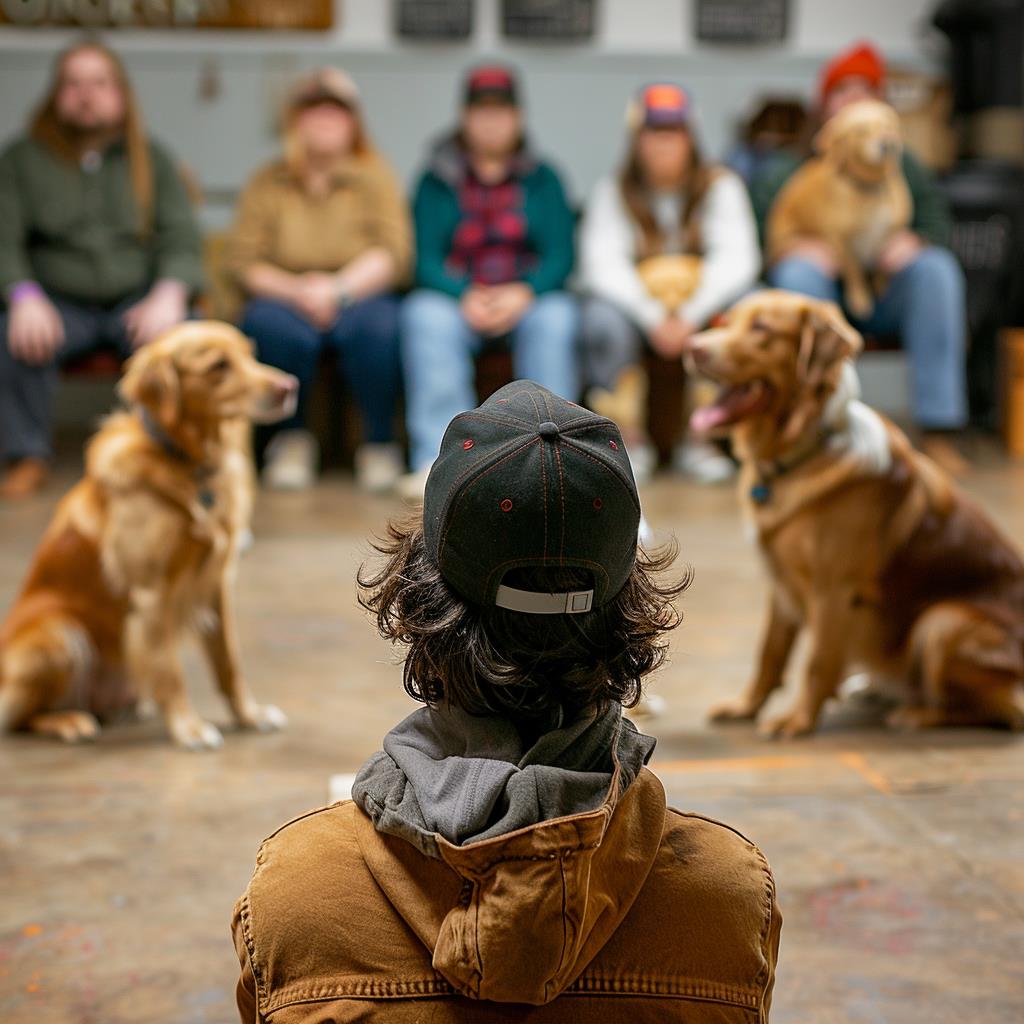
Dog Training Aggressive Behavior Through Aggression Therapy
Addressing aggression in dogs requires a mixed approach that combines behavioral modification techniques, positive reinforcement, socialization, and environmental management. By employing these eight best approaches, skilled dog trainers in aggression therapy can help dogs overcome aggression and develop more appropriate and adaptive behaviors than the reactive behaviors. Through patience, consistency, and dedication, owners can provide their dogs with the support they need to thrive and enjoy a happy and fulfilling life free from aggression. With dedication and understanding, owners and trainers can make a positive difference in the lives of dogs struggling with aggression, ultimately helping them thrive.
For expert guidance in addressing your dog’s aggression, trust Performance K9 Training and Boarding. Under the leadership of founder David Greene, our Aggression Rehabilitation program offers personalized solutions tailored to your dog’s unique needs. Through a structured board and train program, we integrate proven techniques to create a supportive environment for both dog and owner. Experience the transformation of your once-aggressive companion into a harmonious family member by enrolling in our Aggression Rehabilitation program. Schedule a free consultation today to begin this transformative journey towards a well-balanced relationship with your beloved four-legged friend, where expertise and empathy converge.




